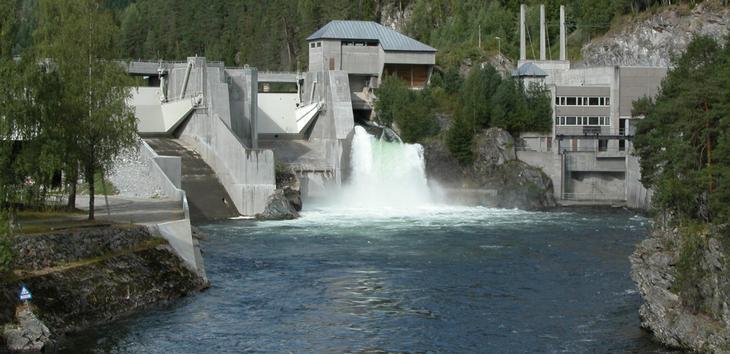Hydroelectric power in brief

Hydroelectric power is about converting the energy of falling water into electrical power in an efficient, eco-friendly way.
When producing electrical power from water, it is the energy of the waterfall that is utilised. Hydroelectric power is an efficient, environmentally-friendly way of converting the energy of falling water into electricity.
Over 70 per cent of the earth’s surface is covered by ocean. Solar energy makes water evaporate from open water surfaces, the ground and vegetation. Evaporation only emits pure water. The water vapour condenses in the atmosphere and causes precipitation.
The water quantities that come in the form of precipitation are naturally stored in small and large lakes, as well as in our ground water. A significant portion of this water is captured in marshland, wetland areas and vegetation. Here, the water becomes accessible to all land-based organisms, plants and animals.
Norway’s topography and climate have helped make it a leader in hydroelectric power – with high precipitation, mountainous terrain and lakes combined with low temperatures and little evaporation, the conditions are ideal for producing hydroelectric power. The water flows in streams and rivers or as ground water back to the oceans.